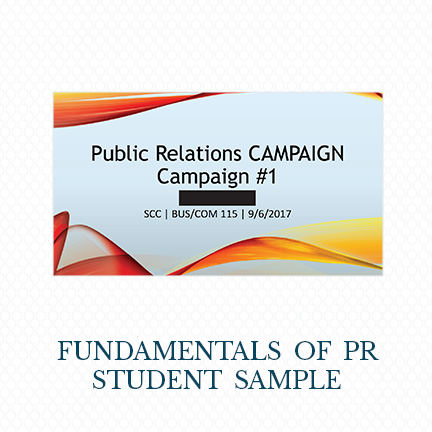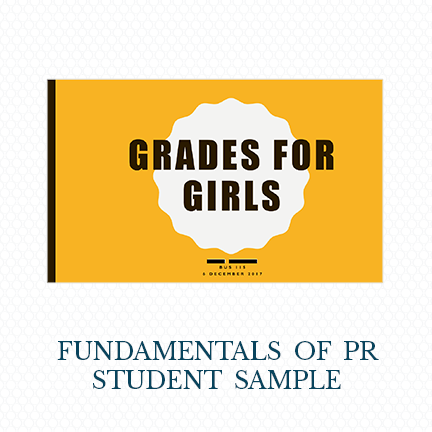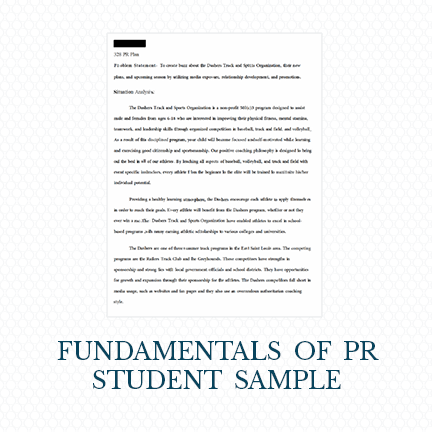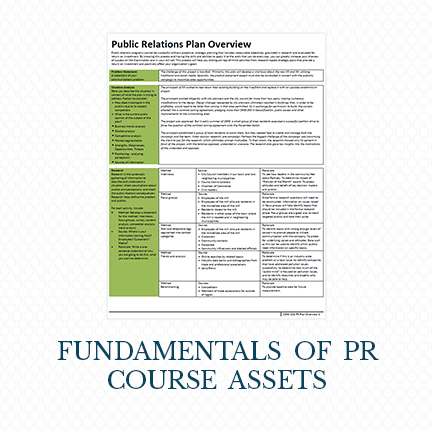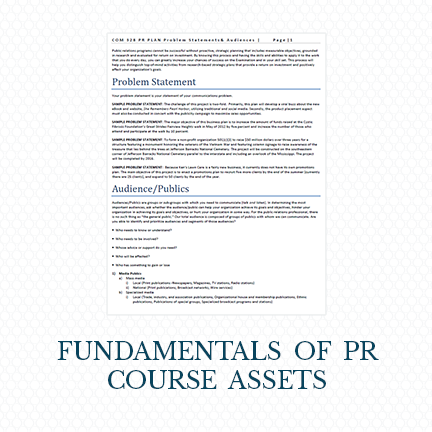“I thought the entire course as a whole was quite good. Everything that was covered in the course can be related to real-world experiences.”
“I learned how much I truly enjoy this field. Because of this class I changed my major and found something in which I not only enjoy but also am able to be creative.”“I thought the entire course as a whole was quite good. Everything that was covered in the course can be related to real-world experiences.”
“I learned how much I truly enjoy this field. Because of this class I changed my major and found something in which I not only enjoy but also am able to be creative.”
“This was my most influential and exciting class at SCC and that’s because it was so hands-on and personalized. When we learned something in class we then went home and applied it to something we wanted to make happen and that makes it stick with people.”
Description
A focused investigation of how rapidly evolving advances in communication technology are impacting the profession of public relations in a global environment. The fundamental strategic mission of public relations as an executive function aimed at long-term relationship and reputation management will be explored in various organizational contexts, including but not limited to not-for-profit, non-profit, community, governmental, professional services, proprietary consumer, and business product/services. The key tactics appropriate to relationship development and management with various stakeholder groups, including but not limited to employees, members, volunteers, regulators, legislators, community activists, investors, charities, and consumers/customers, will receive detailed scrutiny.
Objectives
Upon completing the course, students will be able to do the following:
- Explain the role of corporate and personal values in public relations practice
- Define and describe public relations as a management function of organizations.
- Describe the historical evolution of public relations and identify key historical figures’ roles in the socio-economic context of their times.
- Describe the public relations process and the interactions among the organization, its communication resources, and its target audiences in the business environment.
- Understand the legal, ethical, and moral considerations inherent in public relations.
- List and describe public relations tools used in the public relations process. List and describe the characteristics of various organizational publics.
Instructional Methods
- PR Campaign Plan
- For the final project, you will create a PR event/campaign to promote a cause of your choice (literacy, organ donation, disease awareness, kids, health, and animals). This will be a generic campaign NOT associated with an actual organization. Detailed handouts and rubrics will be provided for each element.
- Resume and Portfolio
- Student public relations portfolios are graded according to their ability to create a neat, unique, and informative portfolio of their work during their collegiate career. Will be graded on originality, variety, quality of content, neatness, completeness of information organization, evidence of appropriate effort, demonstrated use of technology, visual appeal.
- Informational Interview and Presentation
- During the term, you will be expected to conduct an informational interview of a middle-to-executive level manager, write a paper, and do a presentation based on the interview. This manager can be at your company or another organization of your choosing. This is your opportunity to network with a potential employer. The interview should use all your communications skills regarding proper format, writing, language, etc.
- Where are they from (roots)?
- How did they get to where they are now within the company?
- What valuable lessons have they learned along the way?
- Advice for success.
- During the term, you will be expected to conduct an informational interview of a middle-to-executive level manager, write a paper, and do a presentation based on the interview. This manager can be at your company or another organization of your choosing. This is your opportunity to network with a potential employer. The interview should use all your communications skills regarding proper format, writing, language, etc.
- Essay Quizzes
- Case Study Presentations
- Daily Writing Prompts
- You will have a writing prompt based on the assigned readings at the beginning of every class. You are permitted to use your notes or book. You will share your response with a classmate and turn in your prompt at the end of the course. You are allowed to use the book.


